Exploring "Down Under"
Jamie Currie · 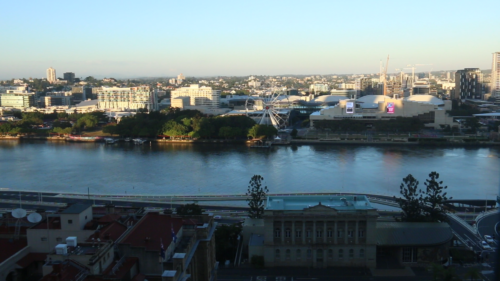
I recently had the opportunity to travel with Dr. Bill Dennison to Brisbane, Australia. We planned to conduct a variety of interviews with scientists, stakeholders, and policymakers on the Healthy Waterways Project. It was to be my first time ‘down under,’ and I was excited to glimpse the southern hemisphere.
When we arrived, the first thing that struck me was the heat. Brisbane sits at a latitude of 26.5 degrees south, which seemed practically on the equator to someone who grew up in the northeast United States. Stepping off the plane, the first thing I noticed was the oppressive humidity and baking sunlight. Even though it felt like summer in the mid-Atlantic, it was approaching the cold season for Australia. As a naturalist, the unique flora and fauna that accompanied such a warm climate fascinated me. The trees of the University of Queensland practically buzzed with rainbow lorikeets, and at night, the skies would fill with bats the size of dinner plates. In the US, you might see a young family feeding the ducks in an urban pond. In Brisbane, families fed the gangly ibises, which in turn waged a bitter but losing fight with the frilled lizards for every scrap of food. And instead of goldfish or carp in the ponds, if you looked carefully enough you could see dark eels, as thick as a human arm and over three feet in length. I couldn’t believe my eyes the first time I spotted one of these unique fish, oozing silently between lily pads like some creature from a nightmarish fairy tale. Needless to say, I loved it.
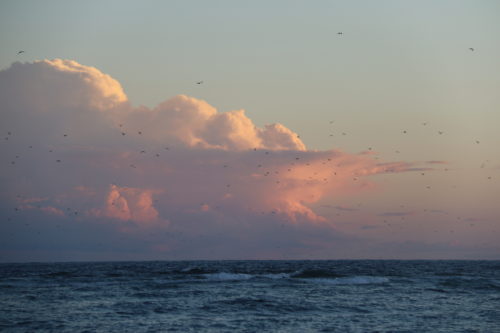
Due to the limited time we had in Australia, we immediately launched full speed into the interview process. Our goal was to collect interviews for the upcoming book “Healthy Waterways: The story of an amazing journey.” We would document the process of restoring the Brisbane River and Moreton Bay, and how experts and policymakers developed a shared vision for the region, and then used broad engagement, equitable partnerships and trusted science to achieve that vision. Although the restoration process is ongoing, the region has changed substantially over the years. To tell this story, we interviewed people from all layers and phases of the Healthy Waterways Project. Their stories varied widely, from early political battles, to educational road trips around Queensland, to blooms of toxic Lyngbia choking Moreton Bay. However, I was able to pick out a few common threads. The most important aspect of the project, and one of the greatest factors in its success, was the cast of characters associated with this story. Across the board, people attributed the Healthy Waterways Project’s success to the groups’ camaraderie. Many of them made significant personal sacrifices on behalf of the project, but in response to this, the group developed into a community with a strong common goal: to improve the condition of the Brisbane River and Moreton Bay, whatever it took. One good takeaway lesson from this project is that a restoration project’s success depends heavily on the team’s chemistry and their ability to work together towards a common goal.
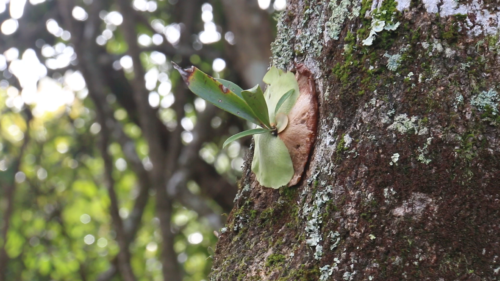
My trip to Australia was also augmented by a personal trip to Lamington National Park and Lady Elliot Island. Lamington National Park is a large swath of land (51,000 acres) in Queensland, that encompasses sweeping rainforests that rise up the side of a colossal extinct volcano. I went camping there with Dr. Simon Costanzo and his family, and they took me hiking through this unique landscape. Having never before seen a rainforest, I was intrigued by the climate of the place -- it felt like walking through a dripping cathedral as we picked our way amongst towering strangler figs, epiphytes, and the palm stands deep in the forest. The trail we took wound its way through a variety of ecotypes, from dense rainforest to scrubby alpine shrubs. Upon arriving, I was surprised by how still and quiet the place was -- I had expected the rainforest to be as full of animal life as it was of plants. But there were extended periods when there were no sounds at all, apart from the dripping trees and wind. I know that most life in a rainforest emerges at night, but that didn’t make the quiet any less eerie. Occasionally a black macaw broke the silence, soaring over us and shrieking like a banshee before vanishing back into the forest. Then the sound would fade, and the landscape would return to its watchful silence.
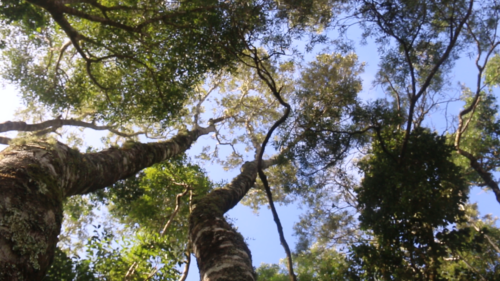
The silence had one advantage for me – it made the limited encounters I had with animals all the more memorable. I was fortunate to see bower birds and pademelons, colossal spiders and yes, macaws. The camp was even raided by bush turkeys which, as far as tomorrow’s breakfast is concerned, never take prisoners. Whole loaves of bread were carried off into the forest, never to be seen again.
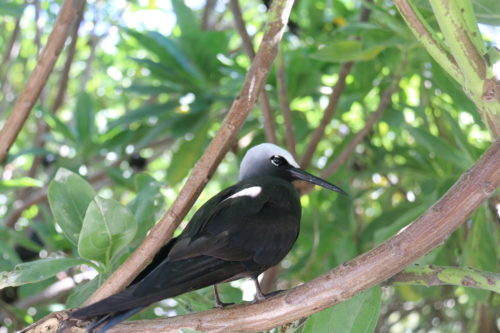
What the rainforest may have lacked in easy-to-spot animal life, Lady Elliot Island more than made up for. Lady Elliot Island is an isolated coral quay, about 60 miles of the coast of Queensland. To reach the island you need to take a car to Hervey Bay and then climb into a small 12-seater single prop airplane. It carries you out over the ocean until land disappears from view. Then the island comes into sight – a rising lump of coral, used as a breeding ground and resting point for seabirds for millennia until their accumulated guano created an island with soil, plants, and a functioning ecosystem. The island was brimming with fauna, from noddys and great sea eagles to mutton birds and nesting sea turtles. And beyond the shore, the water teamed with life. I dove with 9-foot sharks, sea turtles the size of tables, gigantic rays and even a pod of dolphins, which darted in silver flashes above us before vanishing into the ocean. Before that dive, I had an academic understanding of the amount of life the ocean contains. But the reality was staggering. I was blown away by the coral landscapes beneath the water, and the menagerie that grows on and with them. It was immense. And it changed my view of the ocean.
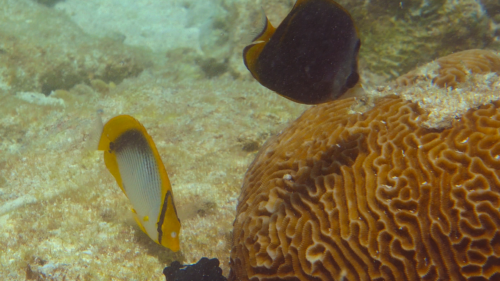
I was sorry to leave when I did – I still think there is so much I can learn from Australia. In an environmental job, I think it’s important to occasionally get out into the world, and remind yourself what it is that you’re trying to save. I think the best lesson I learned from Australia was not a lesson at all, but rather a reminder – that this big, beautiful world will disappear without our help. And it’s absolutely worth saving.


